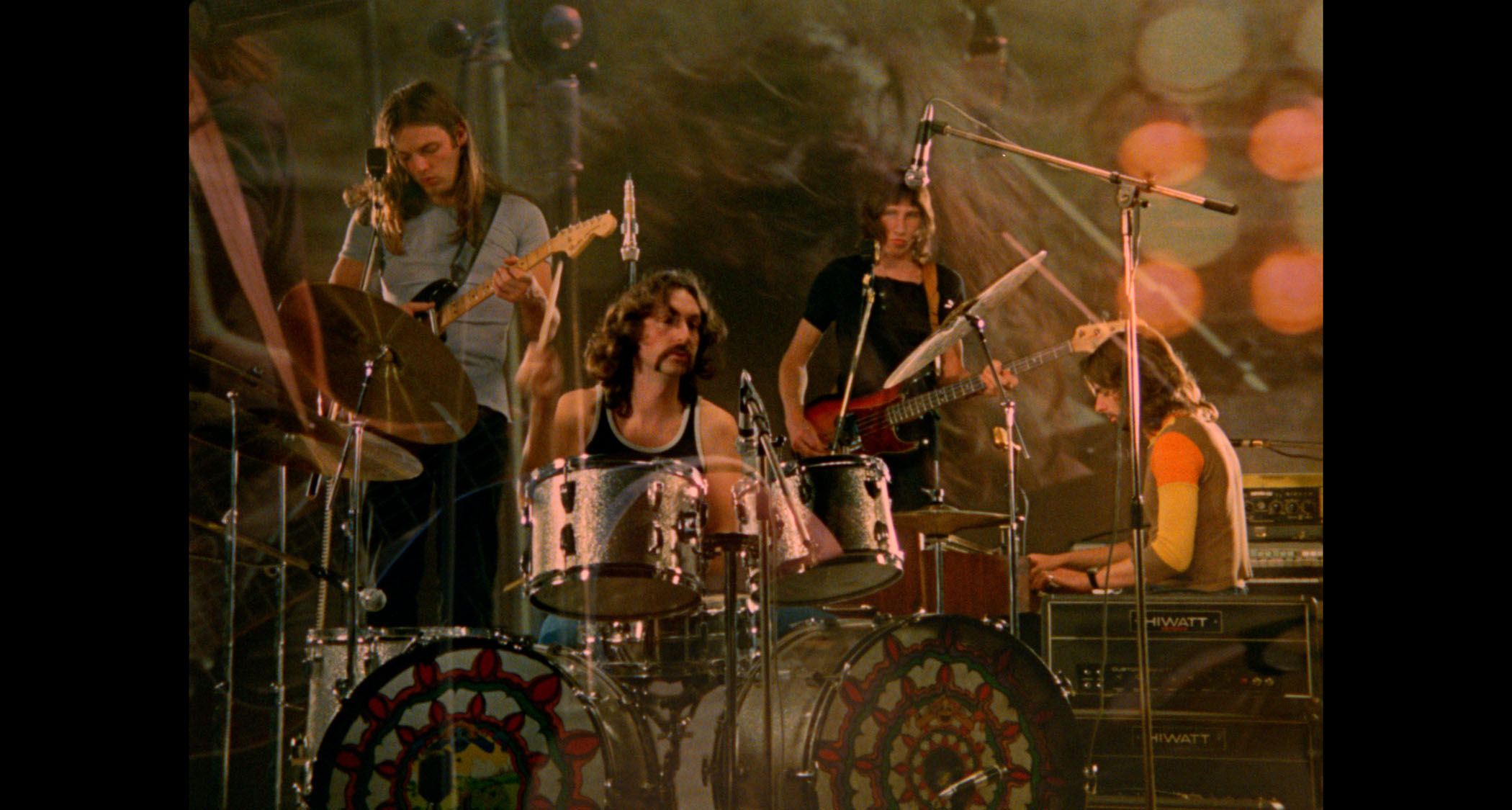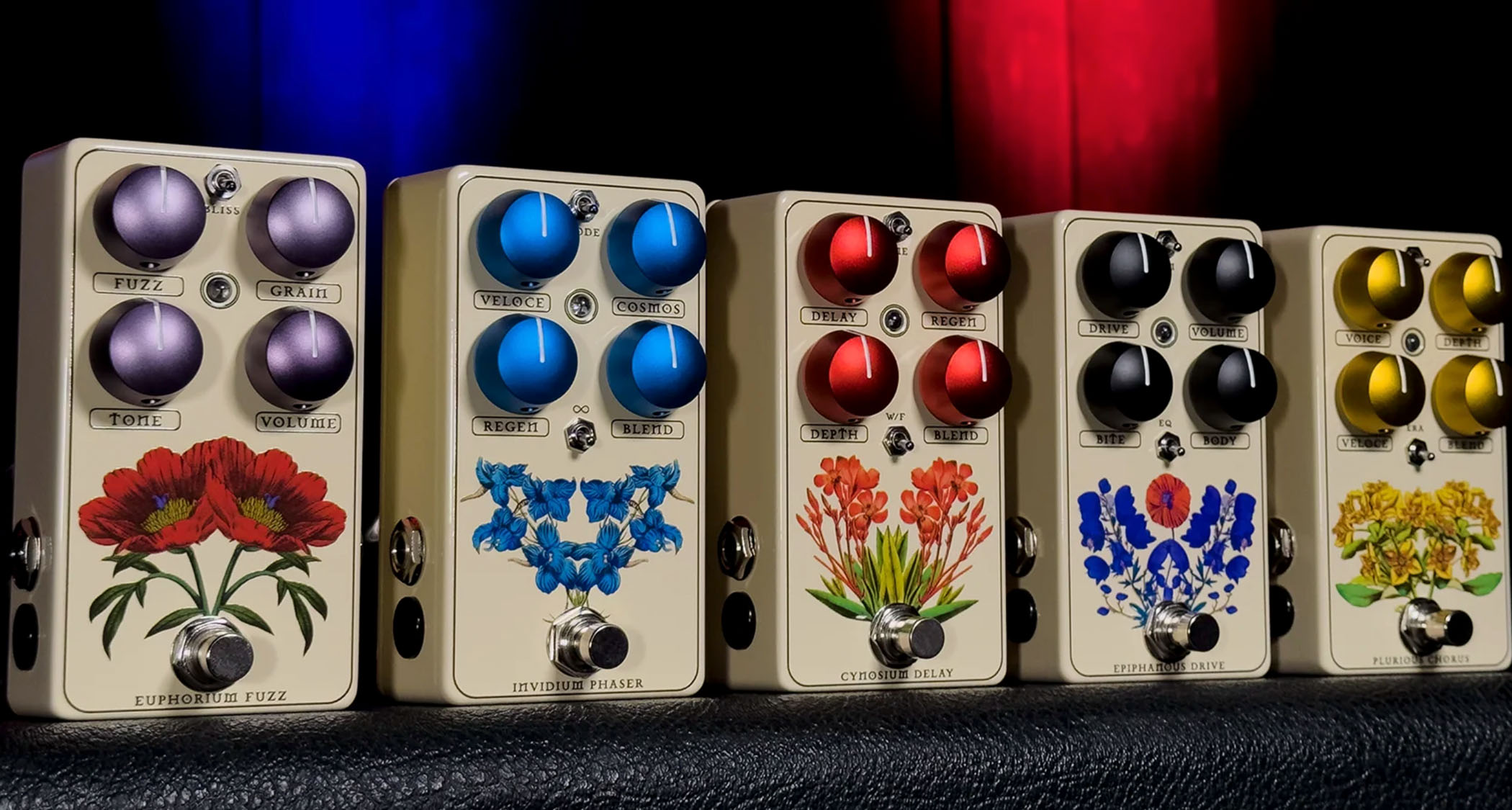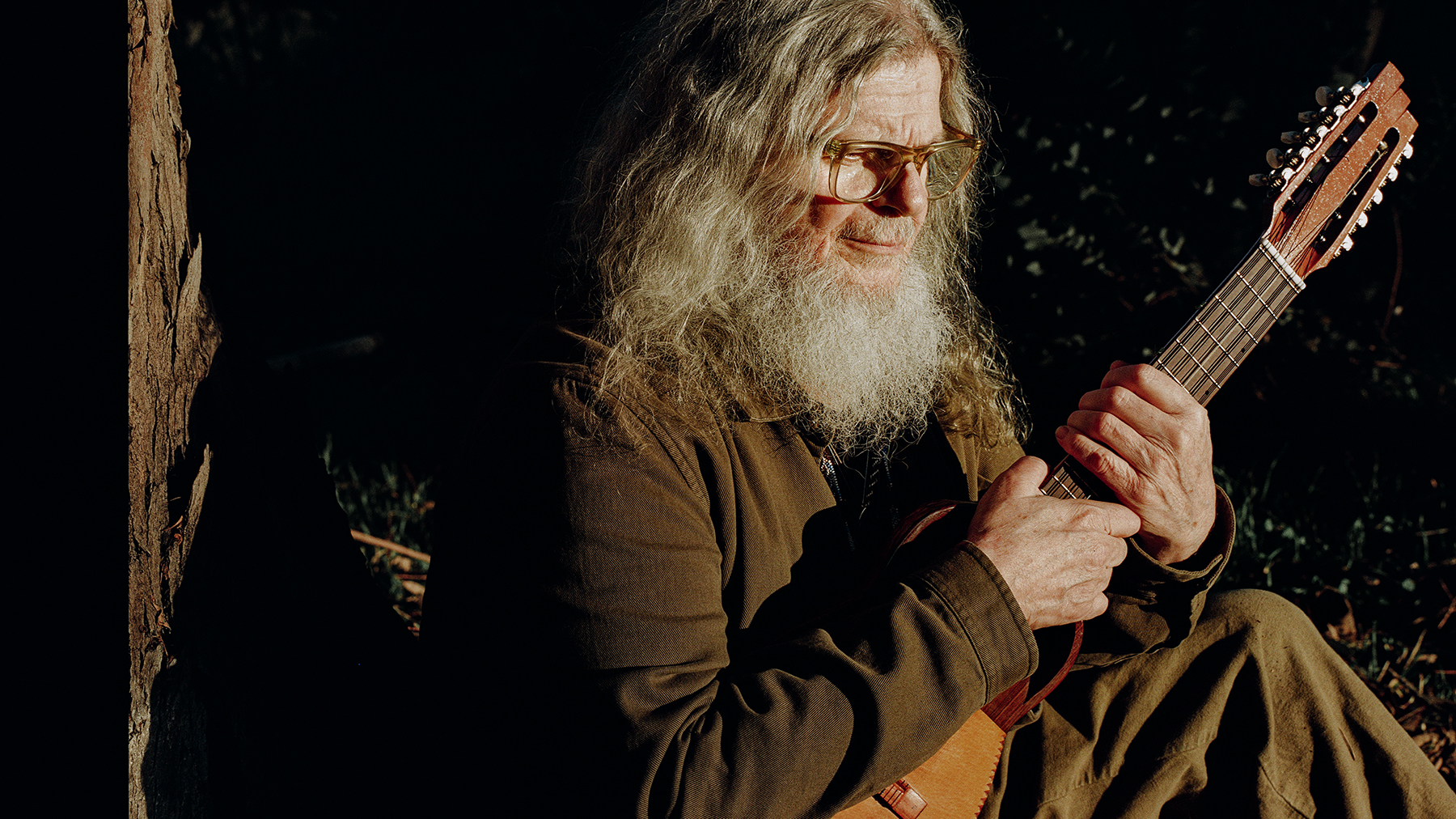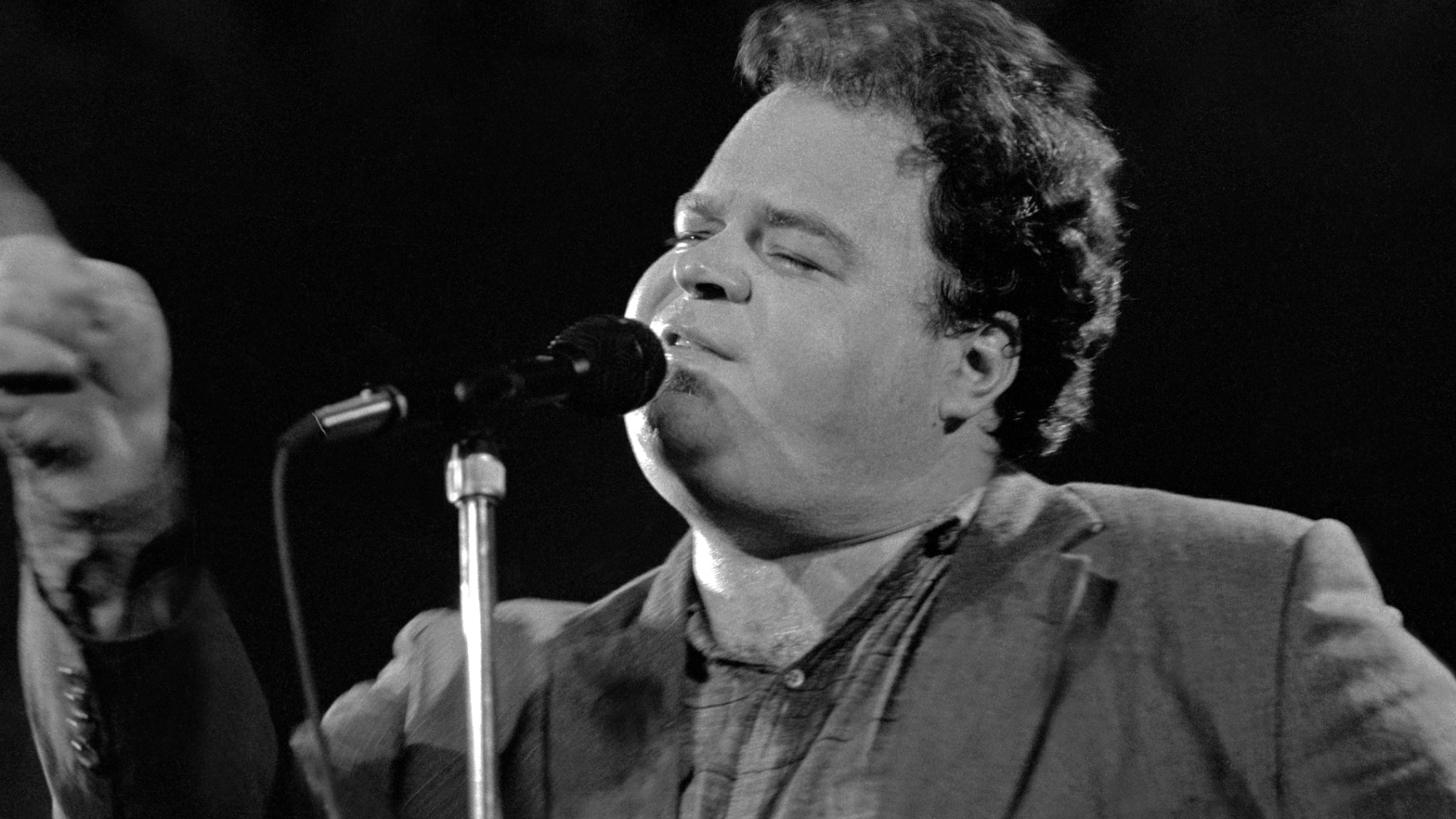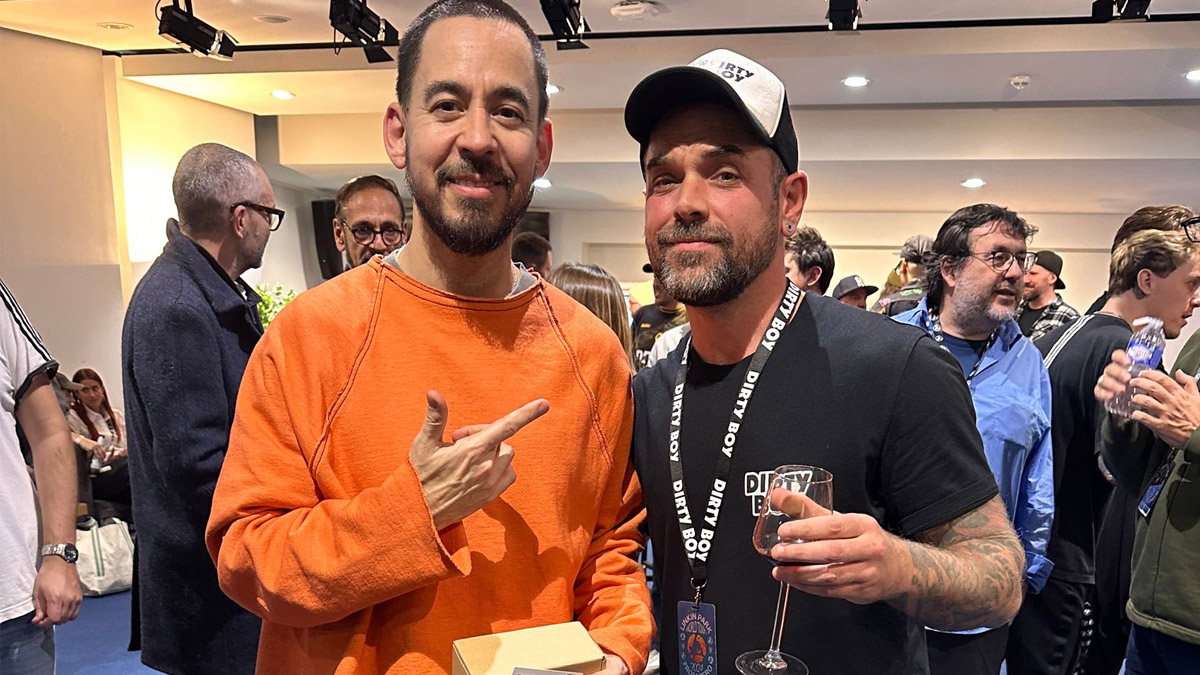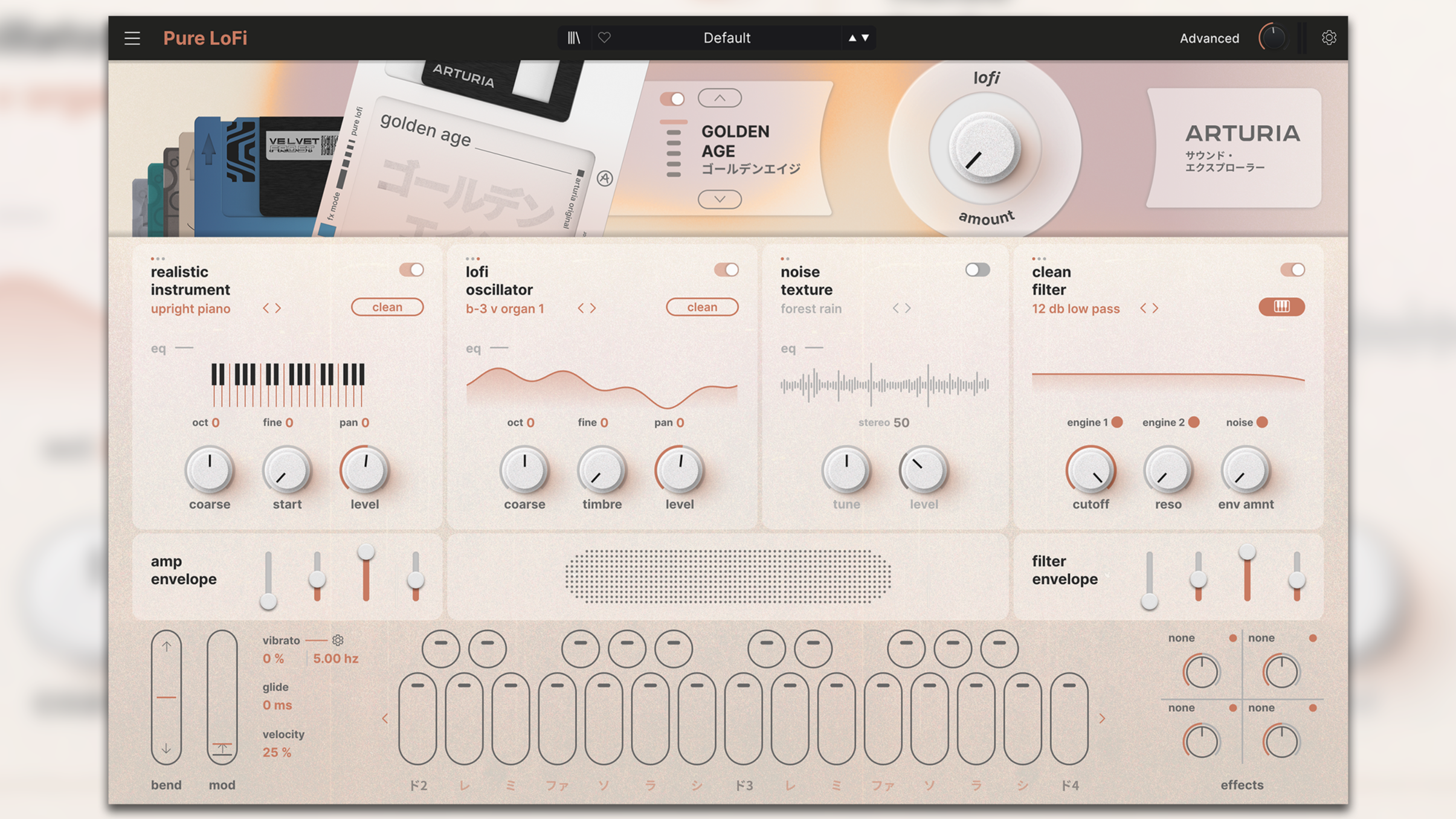"I said, ‘What’s that?!’ He looked at me strange and said, ‘We’re line checking. We’ll be gone in five minutes’. I said, ‘You won’t - meet me in that room in 10 minutes’": How a happy synth accident inspired a US number 1 single for Terence Trent D’Arby
“I heard this drone. An engineer, Sean Oliver, he had taken the DX7 keyboard and he had just pushed the pitchbend wheel back and forth”
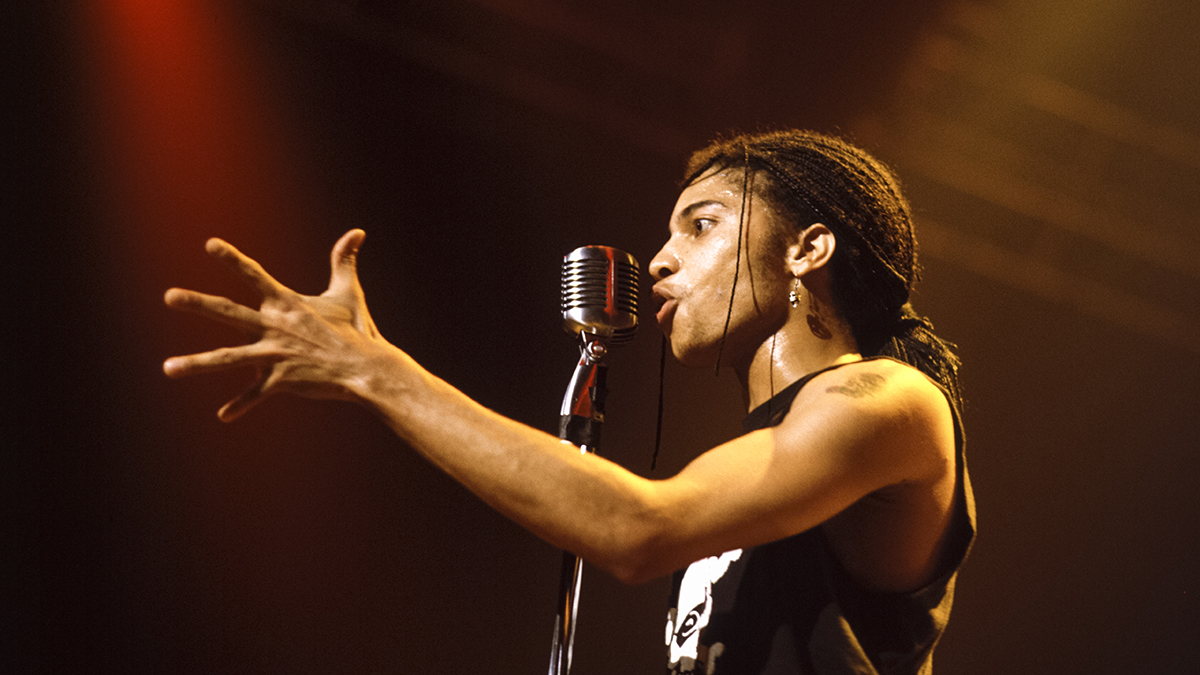
By the middle of 1988, Sananda Maitreya - then known as Terence Trent D’Arby - had the musical world at his feet. Released the previous year, his debut album, Introducing the Hardline According to Terence Trent D'Arby, had become a huge hit, propelled by Wishing Well, a song that reached number one on the US Billboard Hot 100.
Maitreya would never hit those commercial heights again, but Wishing Well remains a certified banger - a taut, tight, funky example of his undoubted talent. It turns out, though, that its birth was almost an accident, inspired by the sound of an engineer checking equipment in the studio before a session.
In a newly surfaced clip from Top 2000 a gogo, Maitreya explains that, while working on demos for what would become the first Terence Trent D’Arby album, he was living in a house with his manager and his family. A studio was set up in the basement, and it was as Maitreya was walking down the stairs that something caught his ear.
“I heard this drone,” he says. “An engineer, Sean Oliver, he had taken the DX7 keyboard and he had just pushed the tone [pitchbend] wheel back and forth just to record.”
Maitreya goes on to demonstrate, holding down a note and then using the pitchbend wheel to take it down a whole tone and then back again. Exactly what you hear on Wishing Well, basically.
“I came in, I said, ‘Sean, what is that?’” Maitreya continues. “He looked at me strange and he said, ‘We’re just line checking - we’re finished. We’ll be out of here in five minutes’. I said, ‘No you won’t - meet me in that room in 10 minutes.’”
By this point, it seems, Maitreya already had the basis of the song in his head, and he used that brief interlude to get it down. “I swear in 10 minutes I came out with Wishing Well,” he says.
Get the MusicRadar Newsletter
Want all the hottest music and gear news, reviews, deals, features and more, direct to your inbox? Sign up here.
There was another twist, though, which came courtesy of a chance meeting with a music industry legend.
“I had sung it in this kind of more laidback ‘sexy’ presentation,” says Maitreya. “I met the record company one day and the great, the legendary Muff Winwood, he catches up to me as I’m leaving the elevator and he says ‘Can I talk to you?’ I had great respect for him and he said ‘It’s a great song - you need to sing it like it’s a great song’. And I went and resung it and he was right. I put more fire into it.”

Maitreya goes on to say that the success of Wishing Well “happened like a lightning strike”, but that, ultimately, he wasn’t prepared to conform to what his record company wanted him to be.
“I did not want to be a ‘Black artist’” he says now. “They're very specific about their ‘Black artists’ in America and what is required of them because it's a specific thing. It means I don't get to be the Beatles. It means I don't get to just go into a studio and feel the fullness of my imagination”.
Maitreya did record four more albums as Terence Trent D’Arby. Introducing the Hardline… follow-up Neither Fish nor Flesh might be remembered as a flop, but 1993’s Symphony or Damn and 1995’s Vibrator were better received.
Ultimately, though, it’s that high-flying debut that Maitreya will be remembered for; other hit singles from the album included If You Let Me Stay, Sign Your Name and Dance Little Sister. It was Wishing Well that ended up being the biggest of them, though, but if it hadn’t been for that engineer - who ended up receiving a writing credit - it might never have existed.

I’m the Deputy Editor of MusicRadar, having worked on the site since its launch in 2007. I previously spent eight years working on our sister magazine, Computer Music. I’ve been playing the piano, gigging in bands and failing to finish tracks at home for more than 30 years, 24 of which I’ve also spent writing about music and the ever-changing technology used to make it.
You must confirm your public display name before commenting
Please logout and then login again, you will then be prompted to enter your display name.
“This was 100% a communication from the beyond": Listen to the song that Sammy Hagar claims to have written with Eddie Van Halen in a dream
“I’m imagining it was a very dry, kind of arid, close sound”: Steven Wilson on the challenges of mixing Pink Floyd At Pompeii – MCMLXXII, how the movie captures a band in transition, and why it is “pure Floyd”


